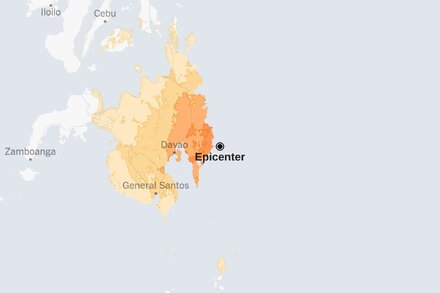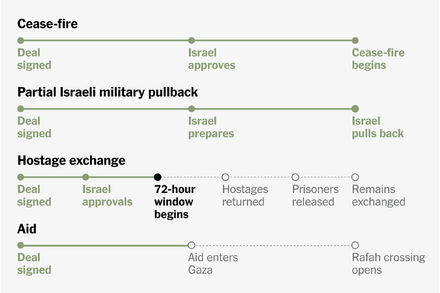A powerful 7.4-magnitude earthquake struck the Philippine Sea early Wednesday, prompting immediate tsunami advisories for surrounding coastal areas. The seismic event was felt across parts of the archipelago and neighboring nations.

A powerful 7.4-magnitude earthquake struck the Philippine Sea early Wednesday, prompting initial tsunami advisories for surrounding coastal areas. The seismic event, occurring in a highly active tectonic region, was felt across parts of the archipelago and neighboring nations.
According to geological agencies, the earthquake’s epicenter was located at an approximate depth of 60 kilometers (37 miles) beneath the seabed in the Philippine Sea. The precise location placed it roughly 150 kilometers east of Mindanao, the southern island of the Philippines, though specific coordinates were still being refined by various monitoring centers.
Tsunami Advisories Issued
Immediately following the quake, the Pacific Tsunami Warning Center (PTWC) and national meteorological agencies issued tsunami watches and advisories for several coastal regions. These warnings cautioned about the possibility of hazardous tsunami waves reaching coastlines within hours of the main shock, particularly for the Philippines, Japan, and other Pacific islands.
“We are closely monitoring sea levels and seismic activity,” stated a spokesperson for the Philippine Institute of Volcanology and Seismology (PHIVOLCS) in an official update. “Residents in low-lying coastal areas should exercise extreme caution, follow local authority instructions, and be prepared to move to higher ground if advised. While initial assessments suggest the risk of a destructive tsunami may be limited, vigilance is key.”
Authorities emphasized that while significant damage from the quake itself might be mitigated by its depth and offshore location, the potential for tsunami generation remained the primary concern. Local emergency response teams in affected areas were placed on high alert, with advisories for coastal communities to evacuate or remain vigilant.
Geological Context
The Philippine Sea is situated within the “Ring of Fire,” a vast horseshoe-shaped zone in the Pacific Ocean known for its intense seismic and volcanic activity. This region experiences frequent earthquakes due to the collision and subduction of tectonic plates, making it one of the most tectonically active areas on Earth. Earthquakes of this magnitude are not uncommon in the area, often leading to significant concerns about tsunamis.
As of late Wednesday, initial reports from affected regions indicated no immediate widespread damage or casualties. However, assessments were ongoing, with authorities urging the public to remain calm, stay informed through official channels, and be prepared for potential aftershocks.
Source: Read the original article here.





